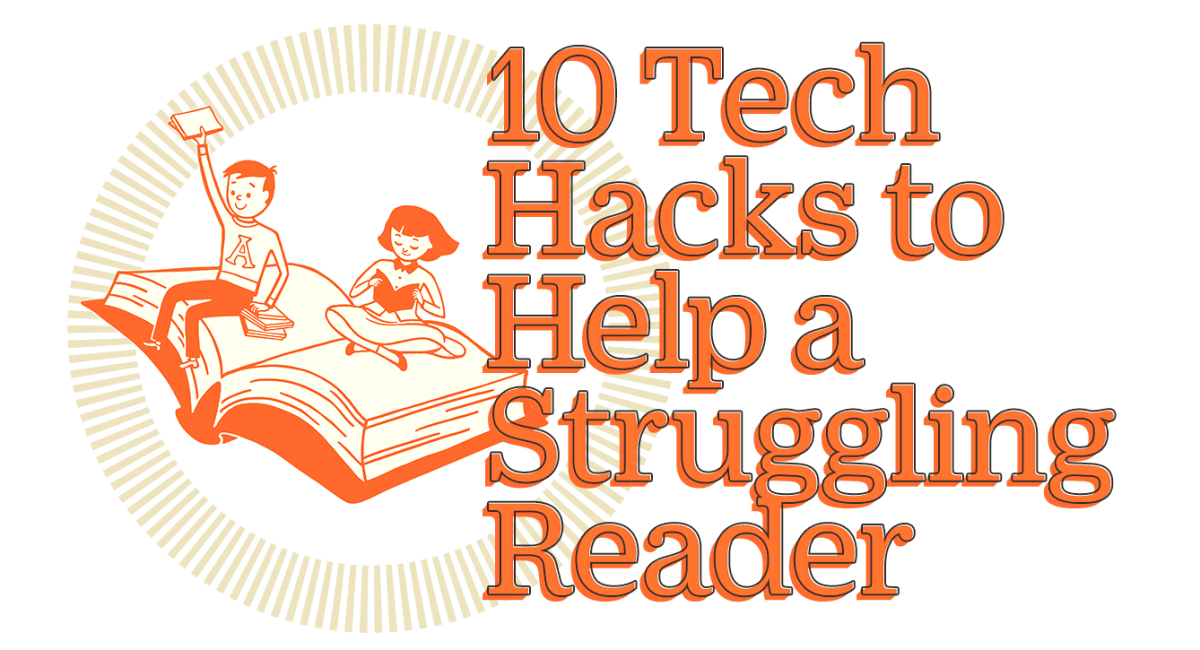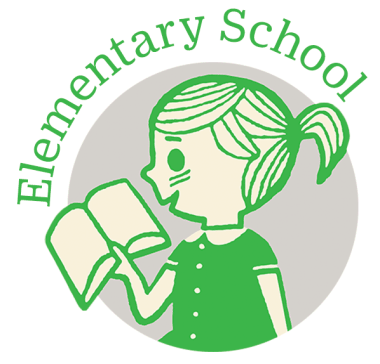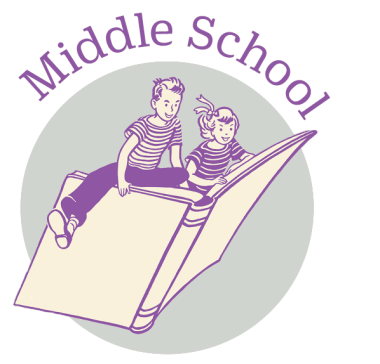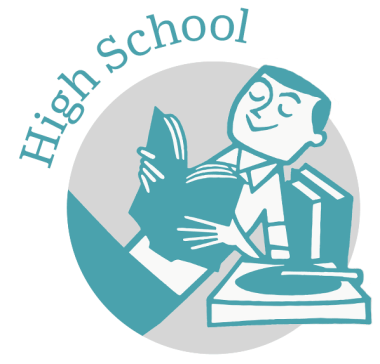
By Belinda Luscombe
Kids who struggle with reading get an early lesson in one of life’s more sucky realities; the earlier a person falls behind, the harder it is to even want to catch up. Their classmates move on to more interesting books, write stories that get noticed and get rewarded for finishing their work fast. Meanwhile the slower readers can barely make sense of the activity sheet in front of them. When a child can’t read, school becomes either a huge, grinding drag or a very efficient confidence-removal machine. Usually both.
Reading is not a natural ability. The vast majority of humans don’t just pick it up; they have to be taught it quite explicitly. Until Johannes Gutenberg invented mechanical movable type, most people had little use for reading, just as now the vast majority of people have no use for weaving. And for some, acquiring this essential skill is an incredibly frustrating experience. Education experts are not of one mind about how much of the population has a diagnosable reading disorder such as dyslexia, but it’s clear that while kids all read at different ages and stages, some otherwise average-intelligence people find reading an unusually hard slog.
Kids are resourceful and, if they find themselves in a jam, they will get out of it, sometimes by working harder, but usually by hiding, or distracting others from their vulnerabilities. That can mean playing the fool, deciding that they just don’t like learning or trying to get their classmates engaged in an activity where they have a chance to shine. Their behavior becomes an issue, they’re sent out of class and they fall further behind. And thus the downward spiral starts. (Studies suggest that 75% of prison inmates are functionally illiterate.)

However, not being able to read isn’t what it used to be. New technologies are revolutionizing education for those who struggle with the written word, whether reading it, writing it or organizing their thoughts in a coherent form–because they are all connected. And surprisingly, these technologies are widely available and often inexpensive. Most people have access to these tools, known as assistive technologies, without even knowing it, on their smartphones.
If you have a child who has just been given a dyslexia diagnosis (this usually doesn’t happen much before second grade, although it can, especially if dyslexia is known to run in the family), or a kid whose reading deficits are throwing him or her for a loop, the following suggestions might help. They won’t replace a program of specific and explicit instruction in reading, whether from a tutor, a school that specializes in remediating reading or teachers who are trained in how to handle a disability like dyslexia, but they may help your kid keep up in other areas as they catch up in reading.
One of the first things you should think about doing is getting your kid a tablet. It sounds counterintuitive— it feels like you should really be getting him or her a bunch more books and taking away all his electronics. But, actually, no. (Although you may want to disable the device’s access to the Internet some of the time.) Teaching a dyslexic to read is struggle enough, so follow any green lights when you can find them. Kids love tablets and they can help them learn: win-win.
The iPad, in particular, is a good digital device, says Jamie Martin, a consultant in assistive technologies who specializes in dyslexia, because it comes with a bunch of reading and writing helpers built in. There’s that little microphone at the bottom of the keyboard between the space bar and the emoji button. With that, your kids can say the words they want to write something instead of typing them. That gives them the chance to express themselves as well in writing as they do in speaking, a constant struggle for many dyslexics and new readers. And as the sentences begin to build up, they get the thrill of creation.
The iPad also has pretty decent word suggestion tech. When you start to type a word, it offers a bunch of choices in a bar just above the keyboard. The kids can practice beginning to spell a word, and write more fluently, without having to ask how every third word is spelled. Those apps are available for android and other devices, but (so far) only the Apple devices have them built in.
If you don’t worship at the altar of Apple, that’s fine, there are many apps for other devices as well. In fact, the number of programs that claim to help teach kids to read can get overwhelming. So here’s a guide on what apps and programs (available on all platforms unless noted) you might start with, according to Martin and other experts. This list is designed with dyslexics in mind, but many of the recommendations would be useful for any struggling reader. Fully-educated adults have found a couple of these really helpful too.


One of the first and highest hurdles all readers have to overcome is learning their phonemes: remembering the sound that a letter or collection of letters represents. For some reason the dyslexic brain takes a lot longer to make that link than the typical brain. For regular readers, strings of letters quickly become like the face of friends whose name they know without thinking about it. For dyslexics, those letter groups are more like a distant relative they met a while back, for whose name they have to fish around a bit. The only solution, alas, is repetition. Lots of repetition. Here’s how to make that a little bit fun.
Endless Alphabet: This app will let your kid play with letters. It’s an animation in which the letters dance around making the sound they make and then dosey-do into words. After the word is formed there’s a cute tableau to illustrate the meaning of the word. “It’s really a nice multi-sensory experience to build up that basic phonemic awareness on letter sounds and putting particular letters together to make those core vocabulary words,” says Martin. As they progress, kids can move up to Endless Reader and Endless Wordplay.
Alphabetics: Smaller kids get to practice their letters in multiple ways with this app. They can speak it, write it, hear it and pick it out of a group of other letters. Feels a little more like a game than Endless Alphabet, so they can be useful at different times.
Hairy Letters: The British Dyslexia association recommends this one; it’s the same idea—animated letters—but with slightly different games. And who doesn’t love a British accent?
Audiobooks: Martin is a big fan of getting kids using audiobooks early. Learning Ally is a good starting point for the world of audiobooks for the dyslexic. Its books are read by an actual human, so they’re more interesting for kids to listen to than the robot voices that come on some devices. Some parents resist audiobooks, figuring their kids need all the practice they can get. But Martin encourages parents to look at the bigger picture. “The worst thing for those kids whose reading level is below their intellectual level is to not give them an opportunity to read,” he says. “Even if it’s reading with their ears.” With audiobooks, books can become a source of joy instead of anguish. And the kids can keep up with the material the class is studying, so they can contribute, while also learning vocabulary they’ll need when their reading skills reach grade level.


By middle school, the differences in reading ability have become more noticeable and kids have often begun to feel self-conscious about how different or behind they are from their peers. This might be a time to show them one of the excellent movies that have made recently about dyslexia, if you haven’t already. One of the more kid friendly one is from Britain: Dyslexia Explained.
co:writer: As soon as students are writing anything longer than a few sentences, it’s useful to have a word prediction program. There’s one on most iPads or iPhones, and they’re available as apps on Android devices, but many assistive technology experts prefer co:writer. This nifty little app, which also has desktop versions, is like having a built-in editor. Not only does it predict which word a writer is attempting, but it has millions of topic-specific dictionaries. So, if a student is writing about ancient Egypt, co:writer is ready with tricky words like Pharaoh, hieroglyphic and all those consonants in sphinx. After users have written a sentence or two, co:writer can read it back, so they can hear any mistakes they may have overlooked.
Voice Dream Reader: This app, which is also recommended by the American Foundation for the Blind, will read aloud, in a more or less human voice, pretty much any sort of document—pdfs, word files, books from Gutenberg, Google docs, you name it. (It pairs well with Bookshare, which is, like Learning Ally, an organization that provides audiobooks to people who have a diagnosed difficulty reading.) But Voice Dream Reader is particularly well suited for struggling readers because they can have the text their way.
For one, it has synchronized highlighting, which means the program highlights the text it is reading, so readers are getting the words through their ears and eyes at the same time. “Synchronized highlighting is a lot better for reading fluency, for comprehension, and a lot better for concentration,” says Martin, “especially for kids with attention issues.”
For pure reading help, Voice Dream Reader allows users to adjust the text, making it larger or spacing it out. Recent studies have suggested that shorter lines with more white space are easier for a dyslexic to read, since many of them have difficulty with eye tracking. Finally, readers can annotate or use sticky notes, making studying much easier. “I know adults who swear by this program,” says Martin.
Inspiration: Everybody has some trouble organizing his or her thoughts occasionally. Dyslexics have it in spades. When it comes time to start to write short compositions, a familiarity with a mind-mapping technique of some sort can be enormously helpful. “Inspiration helps us get past the problem of not know what to write first,” noted Jim Keane, a disability specialist at the University of Hull in England in a recent presentation.
Mind-map apps (Inspiration is an iPad app, but there are almost as good ones for other platforms) are just like those paper graphic organizers that many student use to make an essay outline, but they’re a bit more fun and a bit more flexible. Plus says Martin, “You’re not wasting any work,” because students don’t have to rewrite as they begin to organize their thoughts. They put their ideas in a series of bubbles, then drag them around the page as they realize which ideas are connected and fill them out. When they’re ready, the app translates the “map” into a series of points on a page that can serve as a sturdy essay outline.


High school (and beyond) means a lot of essays. Essays mean a lot of writing, reading and research, which can intimidate the best of us, let alone someone for whom the written word is a specter. For this stage, Martin recommends these three apps.
Dragon Dictate or Naturally Speaking: Eventually, those word-prediction programs recommended earlier will begin to feel slow and lugubrious and may hold students’ thoughts back, or distract them. So it becomes more efficient to have a dictation program, and most experts agree Dragon offers the best ones. This is because the desktop software can “learn” someone’s speaking voice. Warning: It’s very slow going at first. Students have to correct anything the program transcribes incorrectly, but if they do this enough, the app eventually becomes pretty accurate. So, why not buy this program for younger kids? It’s important to start with word-prediction apps so the kids can practice their word skills. Also some parents have warned that if you buy the program before your son’s voice has dropped, you have to start all over again.
Rewordify: At this stage, the student will be reading more complicated texts. Even if they’ve had a lot of reading remediation, dyslexics will still be struggling with unfamiliar words which can slow down their fluency and comprehension. One workaround for this is Rewordify. It’s a free program which essentially translates English into slightly simpler English. Students can copy and paste a block of text and the program will translate the more difficult words.
It’s not perfect: “We are so accustomed to disguise ourselves to others…” becomes “We are so comfortable with disguise ourselves to others,” but, considering the complexities of English, it’s pretty remarkable. The program also allows students to click on any words to see their definition, offers exercises to help kids remember the words, and has audio so they can hear the word being spoken.
Flashcards Deluxe: There are a slew of test prep apps online—and there’s always good old paper flash cards—but the advantage of Flashcards Deluxe is that it presents the material in several different formats, so students don’t get (quite as) bored. Effectively the cards have five sides, and instead or right wrong responses, students have these options; Wrong or I kind of know or I know really well, so they can study more efficiently. If your kid is already using Quizlet, you can import those decks into Flashcards Deluxe as well.
Word-leveling, audiobooks, spelling help—it all sounds a bit like cheating, or a way to get out of doing the work. Martin hears that from parents. But usually that’s before people understand that dyslexia is a neurological condition. “Reading disability is neurologically-based and has nothing to do with laziness or effort,” he says. “Assistive technology is so new that a lot of people don’t have enough information and are afraid of it, that it will diminish their child’s ability to learn.” He prefers to think of these apps and programs as crutches. They’re not much use if you don’t need them, but crutches help people get around until they are physically able to keep up without assistance.
Dyslexic kids may never be able to read well, but that doesn’t mean they can’t learn.
Illustrations: CSA Archive / Getty Images